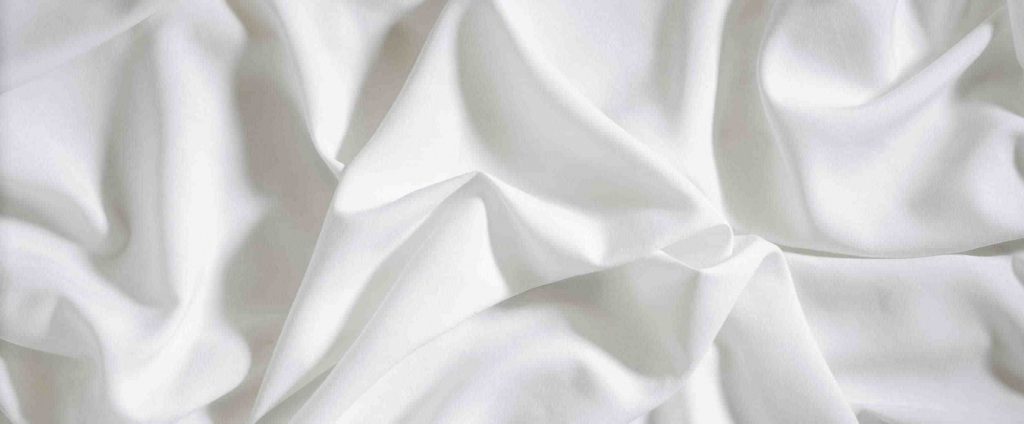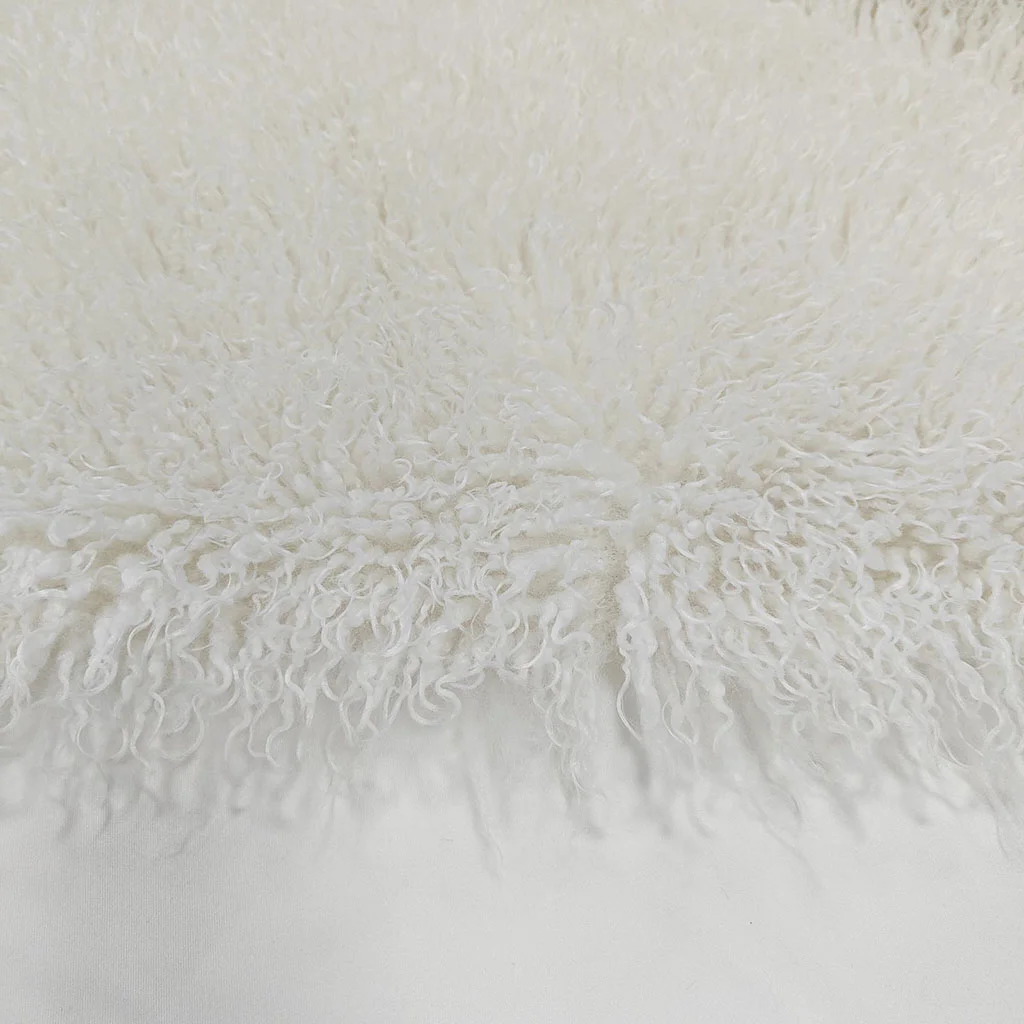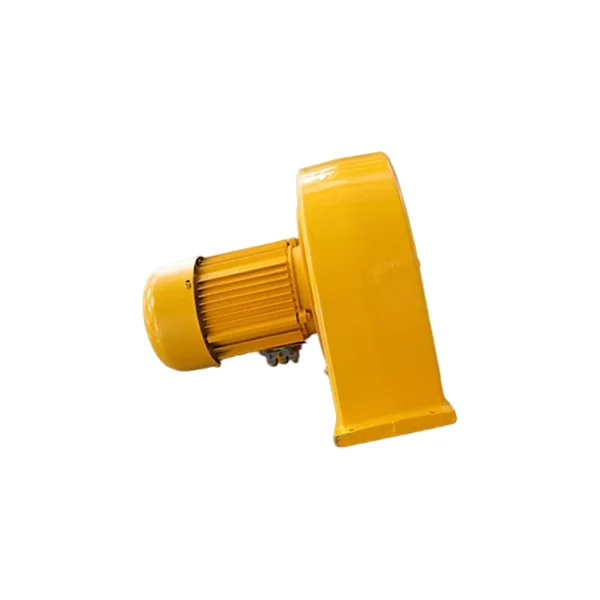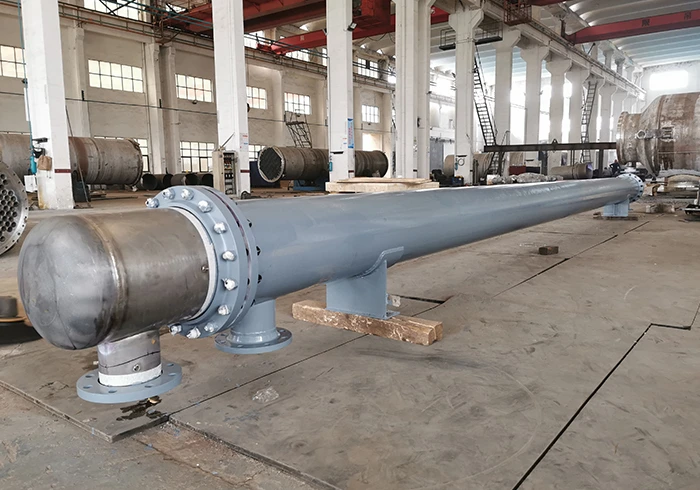
When it comes to luxurious comfort, two fabrics that often come to mind are silk and Tencel. Both are known for their softness, breathability, and hypoallergenic properties. However, when it comes to choosing between the two, which one is truly superior? In this article, we will delve into the intricacies of silk and Tencel, comparing their qualities, sustainability, and overall performance to determine which fabric reigns supreme.
- Silk: The Epitome of Elegance and Opulence
Silk has been revered for centuries as a symbol of luxury and refinement. Derived from the cocoons of silkworms, silk boasts a smooth, lustrous texture that feels incredibly gentle against the skin. Its natural temperature-regulating properties make it suitable for all seasons, keeping you cool in summer and warm in winter. Additionally, silk is highly moisture-absorbent, making it an excellent choice for those with sensitive or dry skin. However, silk's delicate nature requires special care and maintenance, as it is prone to wrinkling and can be damaged by harsh detergents. - Tencel: The Sustainable Champion
Tencel, on the other hand, is a relatively newer fabric that has gained popularity for its sustainable production process. Made from the cellulose fibers of eucalyptus trees, Tencel is manufactured using a closed-loop system that minimizes waste and reduces environmental impact. This eco-friendly fabric offers a softness comparable to silk, with the added benefit of being more durable and less prone to wrinkling. Tencel also boasts excellent moisture-wicking properties, making it ideal for those who perspire heavily or live in humid climates. Furthermore, Tencel is naturally hypoallergenic and resistant to bacteria growth, making it a suitable choice for individuals with allergies or sensitive skin. - Performance Comparison: Comfort, Durability, and Versatility
When it comes to comfort, both silk and Tencel excel in their own ways. Silk's smooth and luxurious feel against the skin is unparalleled, providing a sense of indulgence and opulence. Tencel, on the other hand, offers a similar level of softness while being more breathable and moisture-wicking, making it a practical choice for everyday wear.
In terms of durability, Tencel outshines silk. Silk, although delicate and prone to damage, can last for a long time with proper care. However, Tencel's superior strength and resistance to wear and tear make it a more durable option, especially for items that undergo frequent washing or heavy use.
When it comes to versatility, Tencel takes the lead. Tencel fibers can be blended with other materials such as cotton or wool to enhance their properties, resulting in a wide range of fabric options suitable for various applications. Silk, on the other hand, is primarily used for luxurious garments and bedding, limiting its versatility in comparison.
Conclusion:
In the battle of silk vs Tencel, both fabrics have their unique qualities and advantages. Silk offers unparalleled elegance and opulence, while Tencel shines with its sustainability and durability. Ultimately, the choice between the two depends on personal preferences and specific needs. If you prioritize luxury and are willing to invest in delicate care, silk may be the perfect choice. However, if you value sustainability, durability, and versatility, Tencel emerges as the clear winner. Whichever fabric you choose, both silk and Tencel offer a touch of luxury and comfort that will elevate your everyday experiences.





